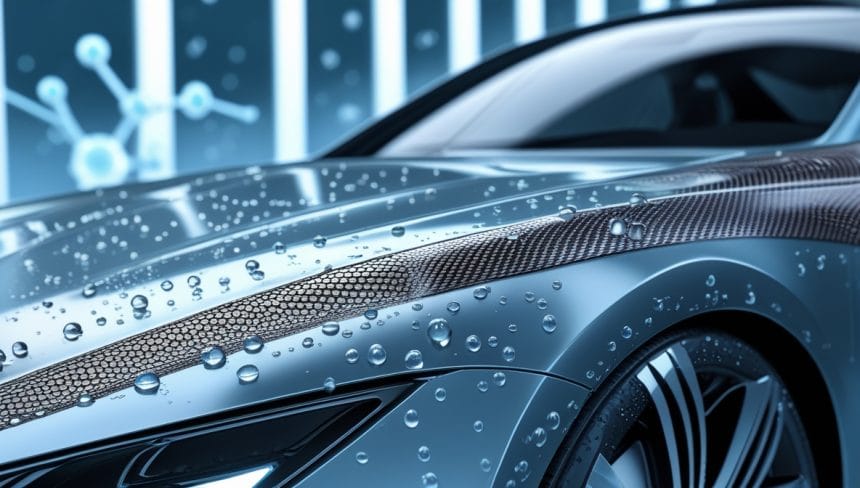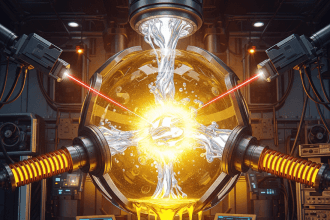What Is Graphene Coating?
Graphene coating is a revolutionary surface protection technology that uses a single layer of carbon atoms arranged in a hexagonal lattice to create an ultra-thin, highly durable protective film. Unlike traditional coatings, graphene coating offers exceptional strength, chemical resistance, and hydrophobic properties, making it an ideal solution for industries seeking advanced surface protection. The unique structure of graphene allows it to form a nearly impermeable barrier that enhances the longevity and resilience of coated surfaces.
How Does Graphene Coating Work?
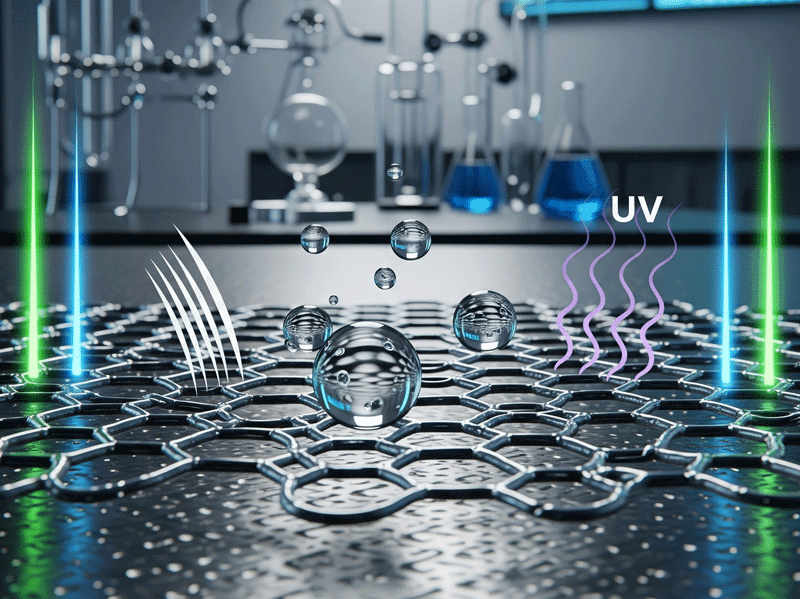
At the nanoscale, graphene coating forms a seamless barrier over surfaces, protecting them from scratches, corrosion, UV radiation, and water damage. The material’s unique carbon lattice structure ensures outstanding adhesion and flexibility, allowing the coating to maintain integrity even under stress or bending. Its hydrophobic nature repels water and dirt, keeping surfaces cleaner for longer periods. This hydrophobicity also helps prevent the buildup of grime and contaminants, reducing maintenance efforts and costs.
Key Applications of Graphene Coating
Automotive Industry
One of the fastest-growing applications of graphene coating is in automotive paint protection. Graphene coatings provide vehicles with superior scratch resistance and long-lasting shine, outperforming many traditional ceramic coatings. The hydrophobic effect also helps repel water, dirt, and contaminants, making cars easier to clean and maintain. Additionally, graphene coatings offer better thermal conductivity, which can help dissipate heat more effectively from vehicle surfaces.
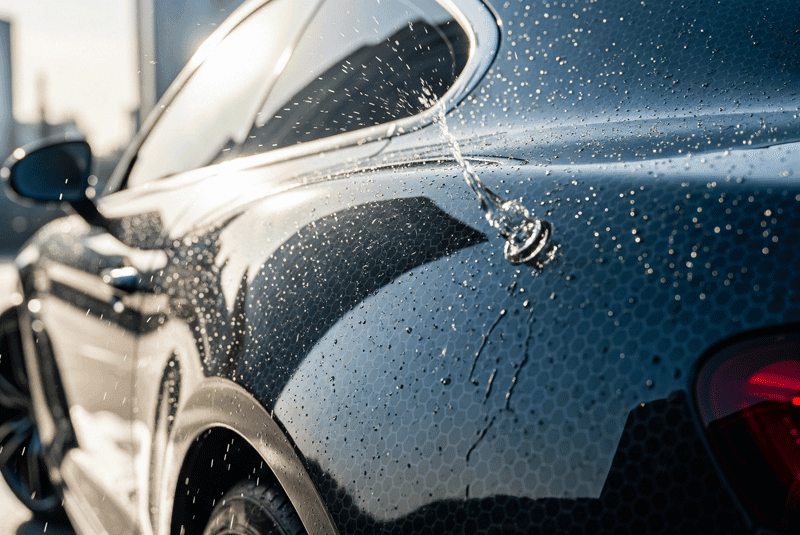
Electronics and Technology
Graphene coating is used to protect delicate electronic components and circuits from moisture and corrosion. Its thinness ensures that it does not interfere with device performance while offering an extra layer of durability, particularly in wearable technology and flexible electronics. Moreover, graphene’s exceptional electrical conductivity can be leveraged in developing innovative electronics with enhanced performance and longevity.
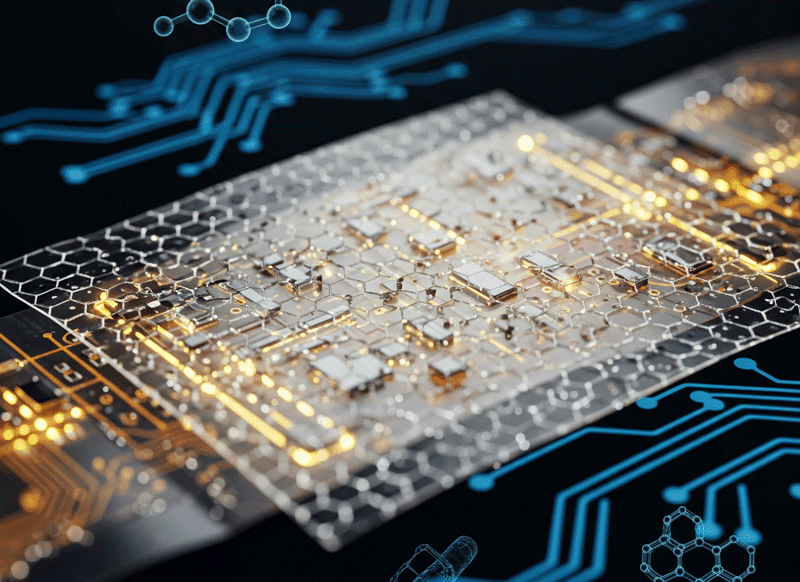
Construction and Marine Uses
In construction and marine industries, graphene coatings protect metals and concrete structures from corrosion and environmental wear. Their durability helps extend the lifespan of infrastructure, reducing maintenance costs and downtime. The coatings also provide resistance against saltwater damage, making them highly suitable for marine applications.

Advantages of Graphene Coating
- Exceptional Durability: Graphene’s atomic strength translates to coatings that last longer than conventional options.
- Chemical and UV Resistance: Surfaces coated with graphene resist harsh chemicals and harmful UV rays, preventing premature degradation.
- Hydrophobic Properties: Water and dirt repel effectively, reducing cleaning frequency and preserving aesthetics.
- Thin and Lightweight: The coating adds almost no weight or thickness, ideal for precision applications.
- Thermal Conductivity: Graphene coatings can help dissipate heat, which is beneficial in automotive and electronic applications.
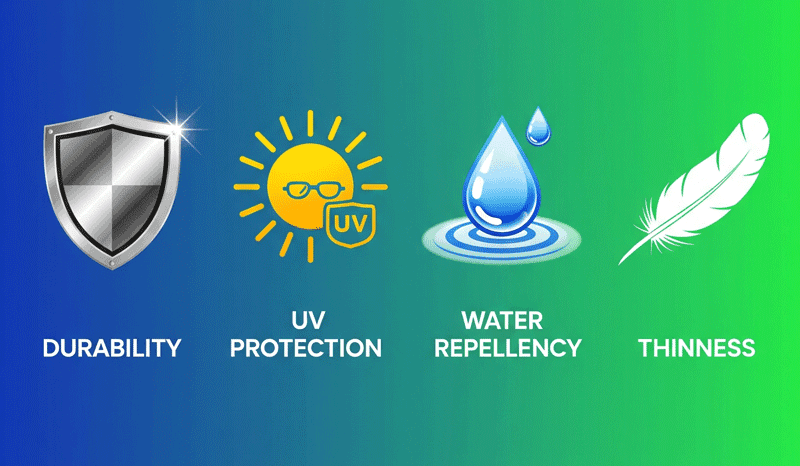
Challenges and Market Outlook
Despite its promising benefits, graphene coating faces challenges such as high production costs and limited large-scale application experience. The complexity of applying a uniform graphene layer on different surfaces remains a technical hurdle. However, ongoing research and improvements in manufacturing techniques are gradually overcoming these barriers, making graphene coating a feasible option for wider commercial use. As production scales and costs decrease, more industries are expected to adopt this technology.
The Future of Graphene Coating
As industries increasingly demand smarter, more sustainable materials, graphene coating is poised to become a standard for advanced surface protection. Emerging hybrid formulations combining graphene with other nanomaterials will likely enhance performance further. Additionally, scalable production techniques and eco-friendly application methods will drive down costs and expand usage across sectors such as aerospace, healthcare, and consumer electronics.
Graphene Ceramic Coating: Combining Strength and Durability
In recent years, graphene ceramic coating has emerged as an innovative hybrid technology that blends the remarkable properties of graphene with the proven benefits of ceramic coatings. This combination creates a superior protective layer that enhances durability, chemical resistance, and hydrophobicity beyond what each material can achieve alone.
Graphene ceramic coatings leverage graphene’s exceptional strength and flexibility while maintaining the hardness and scratch resistance characteristic of traditional ceramic coatings. The result is a coating that not only resists physical damage more effectively but also provides better heat dissipation and water repellency. This makes graphene ceramic coatings especially popular in automotive detailing, where protecting vehicle paintwork against harsh environmental conditions is crucial.
Moreover, the inclusion of graphene helps to address some limitations of ceramic coatings, such as brittleness or reduced flexibility, making the coating less prone to cracking or chipping over time. The synergistic effect of this hybrid technology leads to longer-lasting protection and enhanced surface aesthetics.
As the demand for advanced surface treatments grows, graphene ceramic coating is gaining traction in various industries beyond automotive, including aerospace, marine, and electronics. Its balanced combination of strength, resilience, and lightweight properties makes it a promising choice for applications requiring top-tier surface protection.
With ongoing research and development, we can expect graphene ceramic coatings to become more affordable and widely accessible, ultimately setting new standards for durability and performance in protective coatings.






